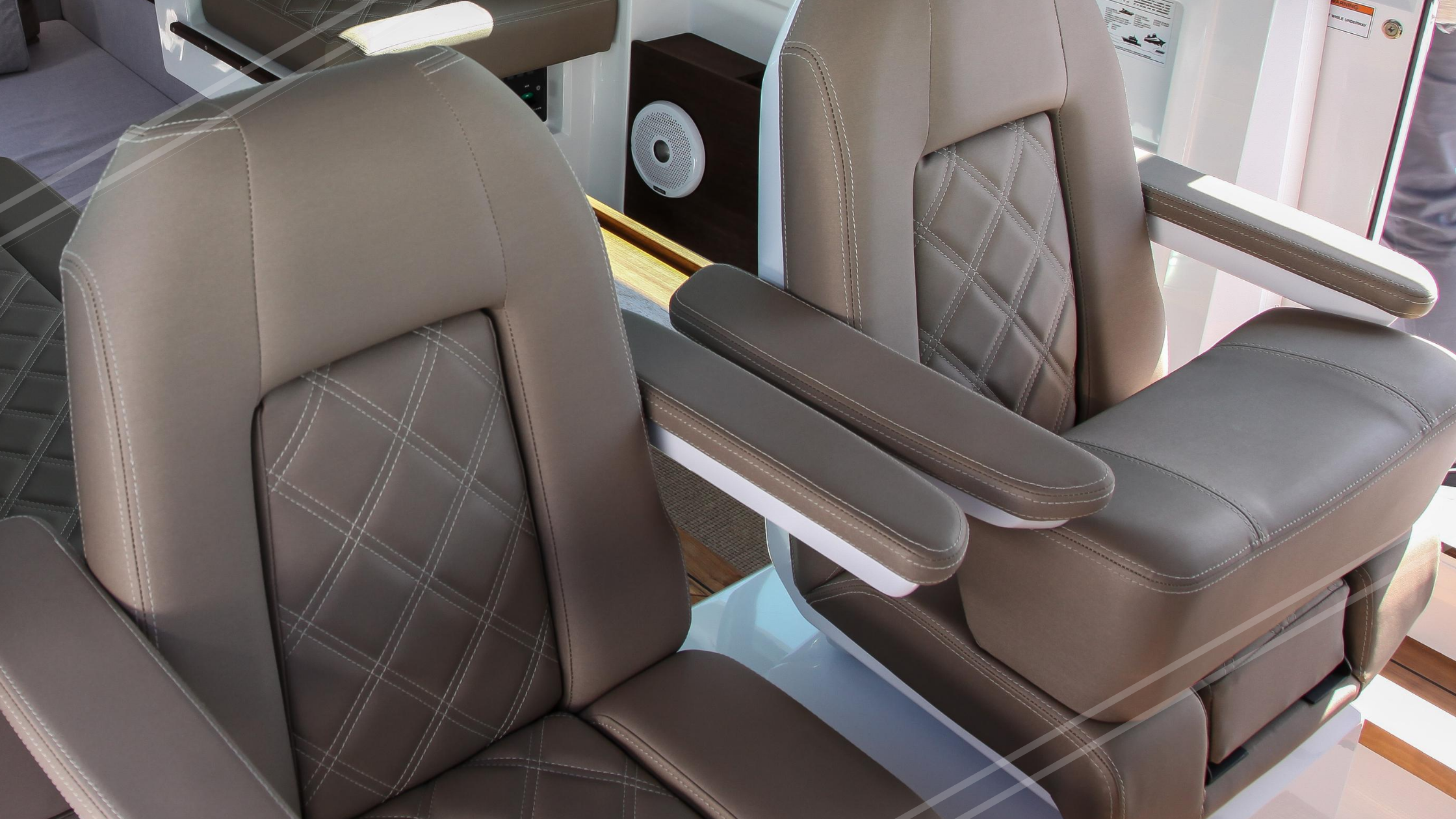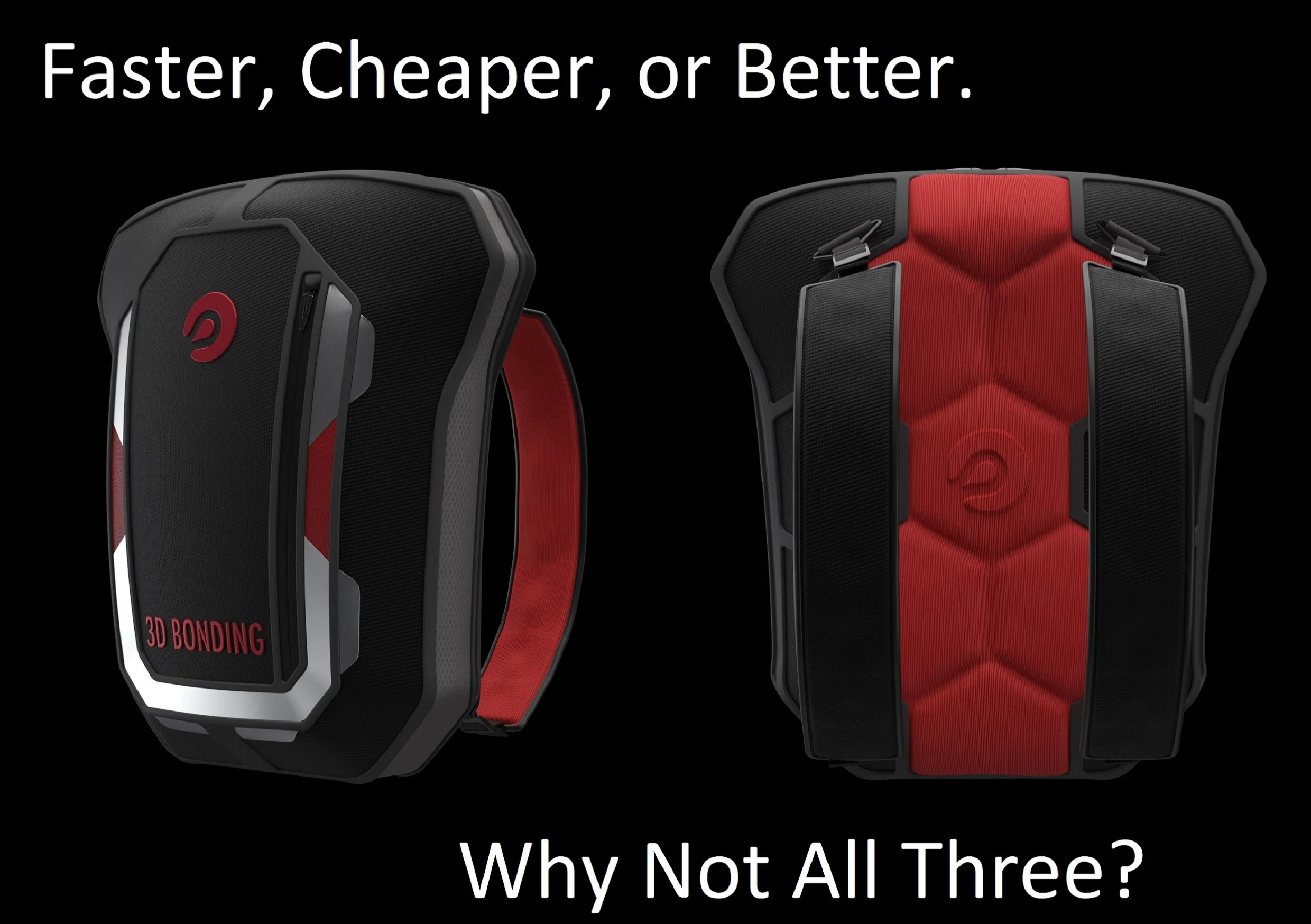How Digital Patterning helps your pattern makers work remotely
Keep your business going (and growing)
In a challenging business climate, it’s important to not only implement plans to survive, but to also put processes in place so that you can emerge even stronger after the slow down.
The solution choices you make now will have a lasting impact on your business. Waiting is usually not the best approach. Instead, use the time to reevaluate and refine your processes, especially overly manual processes such as legacy pattern making methods. A key place to start process optimization is to look at the way you:
Capture design measurements using manual tape and drape methods
Convert the 3D design information into 2D patterns using pen and paper, and then manually digitize the rough patterns
Cut, sew, and fit test the patterns repeatedly until the product is right
These critical design-to-production steps require that you and often many members of your team are on-site. A shift to digital can change that.
Remote pattern making is simple with the right tools. In this example, the process starts with the 3D models your team is already using to concept visualization and marketing purposes.
Use Digital Patterning to eliminate in-person steps
Making the transition to digital patterning allows your team to create perfect patterns without touching anything.
Start with the 3D model
The process starts with the 3D models that your designers have already created. These models include all of the measurements for your parts. Starting with 3D replaces the process of creating a prototype and then physically measuring it or pinning and taping plastic over it to get the rough pattern.
Use ExactFlat Digital Patterning software to convert your 3D designs in to 2D Pattern pieces in minutes. Generate perfect patterns without ever leaving home.
Convert the 3D model into 2D patterns remotely
3D flattening software like ExactFlat takes the digital 3D CAD model and converts it into 2D digital patterns with no physical steps. Everything is completed virtually within the computer. In most cases, this can be done from your home office. There’s now no need to go into the shop to create or fit test the patterns.
Partner with Microfactory or digital cut-and-sew services
Production is the final step in the process. The growing number of textile Microfactory partners are helping to make this a remote as well. When working with a Microfactory partner, you simply provide the digital pattern files. The partner does the cutting directly from the files and returns cut pieces or finished product, depending on the partner.
Get started today
Picking the right 3D to 2D flattening solution can be a simple and risk-free process if you work with the right partner. ExactFlat provides a solution for every industry. The software imports 3D designs from any scanner or CAD product. After flattening it outputs 2D patterns that work seamlessly with every major cutting table or textile printer. Click on the link below and schedule a time to speak with one of our experts. They’ll have you working remotely in no time.











